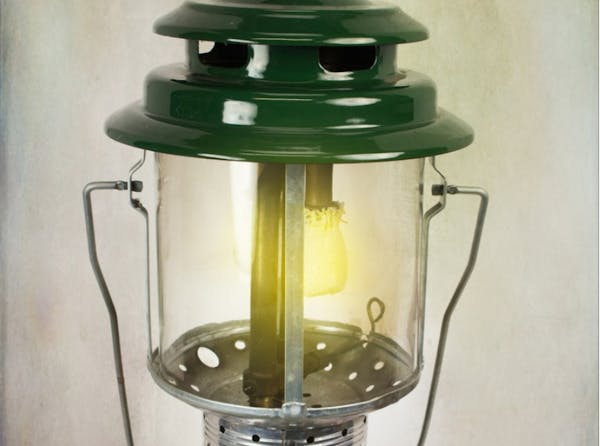Sometimes on May 1, but always close to the date, there are three migrating bird species that many of us are eager to observe in our southern Minnesota neighborhoods or at our own feeding stations:
The ruby-throated hummingbird, Baltimore oriole and rose-breasted grosbeak.
Bird-watchers in northern Minnesota might have to wait up to 10 days or so to spot these three migrants.
The state's smallest bird, the 3-inch ruby-throat, would take about 130 individuals to weigh one pound. The bird's appearance is unmistakable: metallic green above and white below. Males have the ruby throat. I use a sugar water feeder, with a mixture of one part white sugar dissolved in four parts of water (no food coloring) to lure these gems of the bird world close to our home. At times we can hear the humming sound of their rapid wing beats. Ruby-throated hummingbirds usually migrate by day but can also fly at night. Their winter region spans from south Texas to Costa Rica.
Some people put out orange halves or grape jelly May 1 to welcome back the Baltimore orioles from their Central American winter range. I simplify by using the same sugar water feeder for the orioles as the hummers. Orioles are insect-eaters but also eat wild fruits and probe flowers for nectar. We notice their loud cheerful whistled songs. The flame-orange below and largely black above of the males caught the attention of early European settlers in Maryland who named the bird in honor of George Calvert, Lord Baltimore, who colonized the area. Orange and black were his family colors.
Rose-breasted grosbeaks migrate at night. Their winter range is from Mexico to northwestern South America. Upon returning here they will go to birdfeeders for sunflower seeds. Their rich voice is like that of an American robin but softer and more melodious. The male is a black and white with conspicuous rose-red patches. Females are heavily streaked with brown on white.
Jim Gilbert worked as a naturalist for 50 years.
